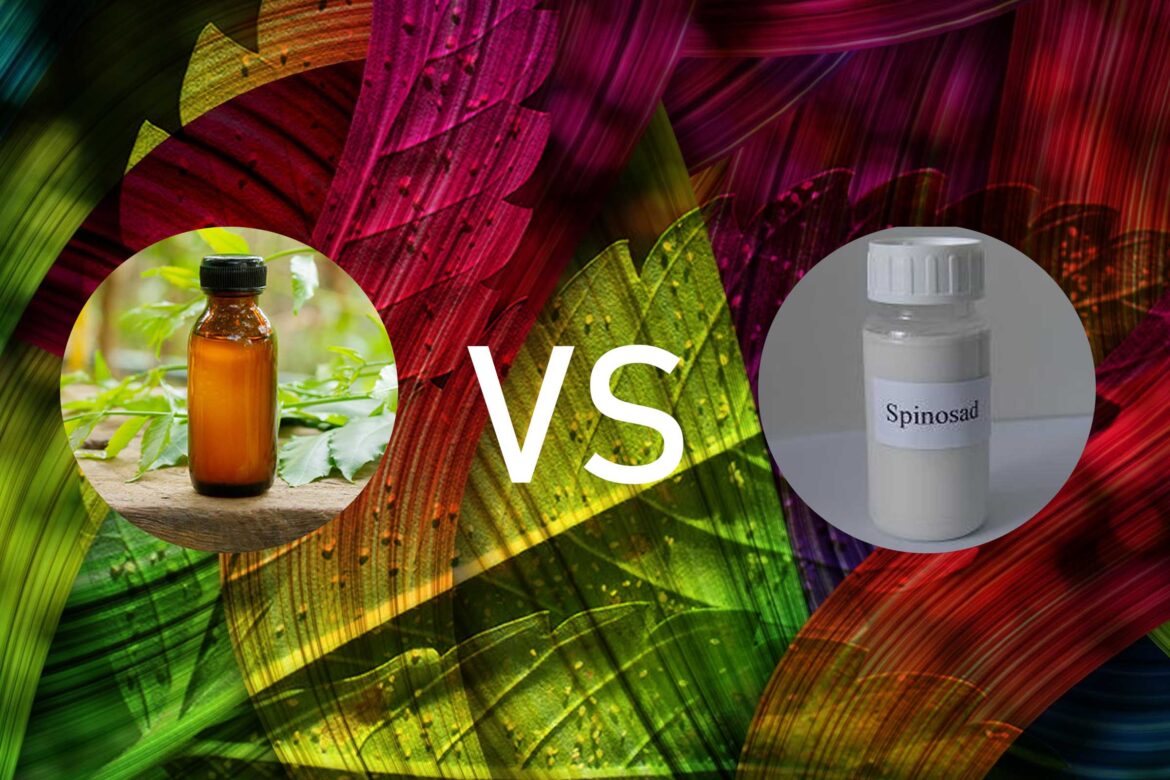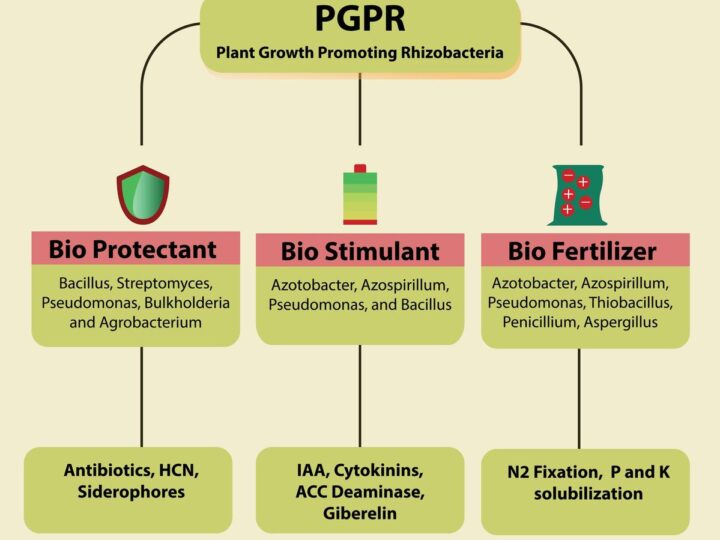
Neem Oil vs. Spinosad for Pest Control: A Comparative Overview
When it comes to organic pest control, two of the most talked-about solutions in the gardening world are Neem oil and Spinosad. Both are deemed effective against a range of pests, and they’ve become the go-to options for many gardeners looking to steer clear of synthetic pesticides. But how do these two stack up against each other? Let’s dive into a comparative analysis.
Neem Oil: Nature’s Ancient Solution
Derived from the seeds of the Neem tree (Azadirachta indica), Neem oil has been used for centuries, especially in traditional Indian agriculture.
Benefits:
- Broad Spectrum: Neem oil acts against a wide variety of pests, from aphids and mites to whiteflies and more.
- Multiple Modes of Action: It works in different ways – as a repellent, growth regulator, and antifeedant.
- Safe for Beneficial Insects: When used appropriately, Neem oil won’t harm bees, butterflies, and many predatory insects.
Limitations:
- Potential Phytotoxicity: In certain plants, especially when applied in hot conditions, Neem oil can cause harm.
- Frequent Application Needed: It breaks down quickly, necessitating regular reapplications.
Citation: Schmutterer, H. (1990). Properties and potential of natural pesticides from the neem tree, Azadirachta indica. Annual Review of Entomology, 35(1), 271-297.
Spinosad: A Modern Organic Marvel
Spinosad is derived from a naturally occurring bacterium, Saccharopolyspora spinosa. Discovered in the 1980s, it’s a relatively new entrant but has made significant waves in the organic farming sector.
Benefits:
- Selective Toxicity: Spinosad is very effective against caterpillars, leafminers, thrips, and some beetles without being overly harmful to many beneficial insects.
- Longer Lasting: It remains active longer than Neem oil, reducing the frequency of applications.
- Low Human Toxicity: With proper use, it poses minimal risks to humans and pets.
Limitations:
- Bee Caution: While generally safe for many beneficial insects, it can be toxic to bees when wet, but the risk diminishes once it dries.
- Resistance Issues: Over-reliance and improper use can lead to resistance in target pests.
Citation: Sparks, T. C., & Nauen, R. (2015). IRAC: Mode of action classification and insecticide resistance management. Pesticide Biochemistry and Physiology, 121, 122-128.
Conclusion: Neem Oil vs. Spinosad – Which One?
The choice between Neem oil and Spinosad boils down to the specific pests you’re targeting and your gardening goals:
- For a broad-spectrum approach and regular pest maintenance, Neem oil might be preferable.
- If you’re dealing with specific pests like caterpillars or thrips and want a longer-lasting solution, Spinosad could be the better choice.
However, like all pest control measures, rotating between different products and methods is recommended to prevent resistance and maintain the health of your garden ecosystem.
Note: Always read and follow label instructions when using any pesticide, and be aware of local regulations. The right approach to pest control is often a holistic one, incorporating multiple strategies to ensure balance and health in your garden or farm.





